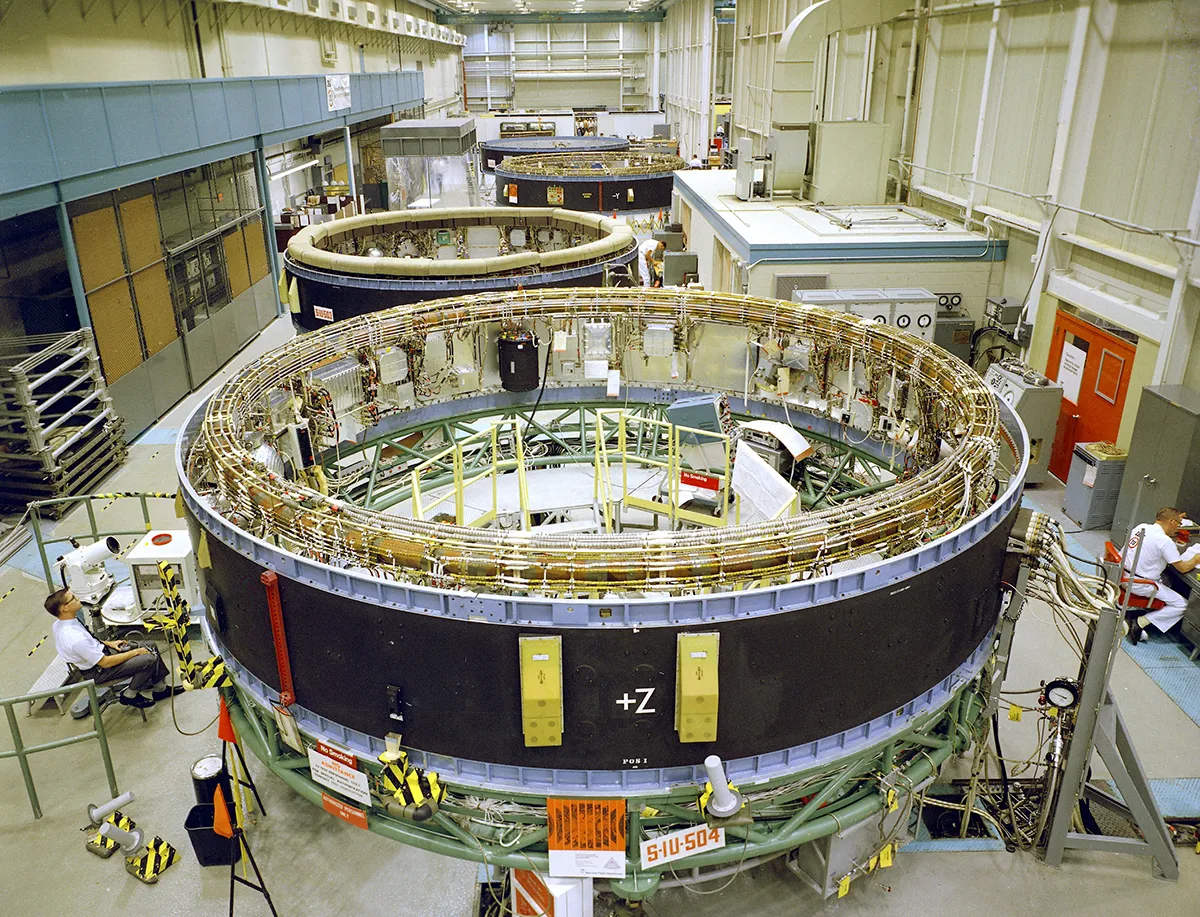The Apollo Guidance Computer that enabled the Apollo capsule and Lunar Module to navigate to the Moon and back is a well-known marvel of 1960s technology.Less heralded is the Launch Vehicle Digital Computer, or LVDC, aka the Instrument Unit, another navigational computer that was housed in the top of the Saturn V’s third stage, just beneath the Lunar Module.
This three-foot-high, 22-foot-diameter, 4,400-pound cluster of boxes that ringed the rocket’s fuselage was designed by NASA engineers and built by IBM as a separate nerve centre for the Saturn V, and operated independently of the computers on the Moon-bound Command and Lunar Modules.
The LVDC was a clever combination of digital and analog technology designed to be completely foolproof during its six-hour service life, controlling and guiding the massive rocket until the third stage had propelled the astronauts out of Earth orbit.

It fired the rocket engines on each stage, steered the rocket's ascent by swivelling the engines, timed their shutdown, and commanded the stages to separate at the precisely required moment.
The bulky computer saved the day more than once. On Apollo 13 it commanded four engines on the second stage to fire longer, compensating for the centre engine that shut down two minutes early.
On Apollo 12, the LVDC continued flying the rocket when the Command Module was struck by lightning twice, - completely knocking out the capsule’s guidance computer - and delivered the crew safely into orbit.
This article originally appeared in the August 2019 issue of BBC Sky at Night Magazine.
Rod Pyle is the author of 15 space books and Editor-in-Chief of Ad Astra magazine for the National Space Society.